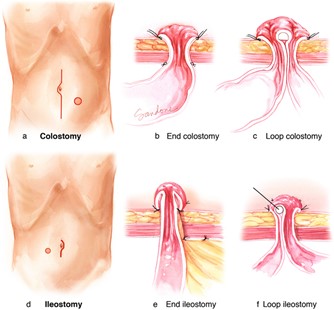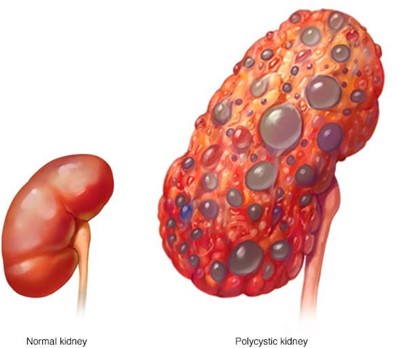A client with obsessive-compulsive disorder (OCD) reports, "Thoughts stick in my mind and the rituals I use are stupid, but I cannot control them. People laugh at me, but they do not understand how awful it is. I am a burden to my family because I cannot hold a job. I do not know how much longer I can live this way." Which information is most important for the practical nurse (PN) to ask in response to the client's statements?
Question about which rituals are most often used to reduce anxiety.
Ask if the obsessions and compulsions interfere with sleep.
Inquire if the distress could lead to considering suicide as an option.
Determine what makes the client think people are laughing.
The Correct Answer is C
This is the most important information for the PN to ask because it assesses the client's risk for self-harm and suicidal ideation. The client's statements indicate hopelessness, low self-esteem, and impaired functioning, which are potential warning signs of suicide. The PN should ask the client directly about any thoughts or plans of harming themselves and provide support and safety measures as needed.
A. Questioning about which rituals are most often used to reduce anxiety is not a priority and may reinforce the client's compulsive behavior.
B. Asking if the obsessions and compulsions interfere with sleep is not a priority and may not address the client's emotional distress.
D. Determining what makes the client think people are laughing is not a priority and may not be helpful for the client's perception of reality.
Nursing Test Bank
Naxlex Comprehensive Predictor Exams
Related Questions
Correct Answer is A
Explanation
This is the best action for the PN to implement because it addresses the client's question and provides an opportunity to educate the client about fecal diversion surgery and its outcomes. The PN should review the type, location, and appearance of the surgical opening (stoma) and explain how it will affect the client's elimination and body image.

B. Verifying that the client had nothing by mouth (NPO) for the past 24 hours is not relevant to the client's question and does not provide any information or support.
C. Asking the client if he finished the bowel sterilization prescription is not relevant to the client's question and does not provide any information or support.
D. Determining if this is the first indwelling catheter the client has had is not relevant to the client's question and does not provide any information or support.
Correct Answer is D
Explanation
This is the best intervention for the PN to implement because it monitors the client's fluid status and helps detect fluid overload, which can cause hypertension and neurological changes. The PN should weigh the client at the same time, on the same scale, and with the same clothing every day.

A. Using a cushion when sitting is not a priority intervention for this client and may not address the BP or mental status issues.
B. Performing range of motion exercises is not a priority intervention for this client and may not address the BP or mental status issues.
C. Documenting abdominal girth is not a priority intervention for this client and may not be an accurate indicator of fluid status.
Whether you are a student looking to ace your exams or a practicing nurse seeking to enhance your expertise , our nursing education contents will empower you with the confidence and competence to make a difference in the lives of patients and become a respected leader in the healthcare field.
Visit Naxlex, invest in your future and unlock endless possibilities with our unparalleled nursing education contents today
Report Wrong Answer on the Current Question
Do you disagree with the answer? If yes, what is your expected answer? Explain.
Kindly be descriptive with the issue you are facing.
